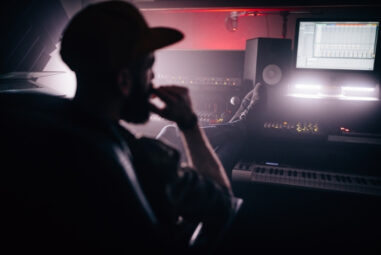
Does Vinyl Sound Better? (The REAL Answer)
Vinyl and CD/digital audio sound different, but determining which sounds better is up to taste. While some people swear vinyl sounds better than CD, it's hard to argue against the fact that the first is much more limited than the latter. From a purely technical standpoint, digital audio beats vinyl. This ongoing ...












